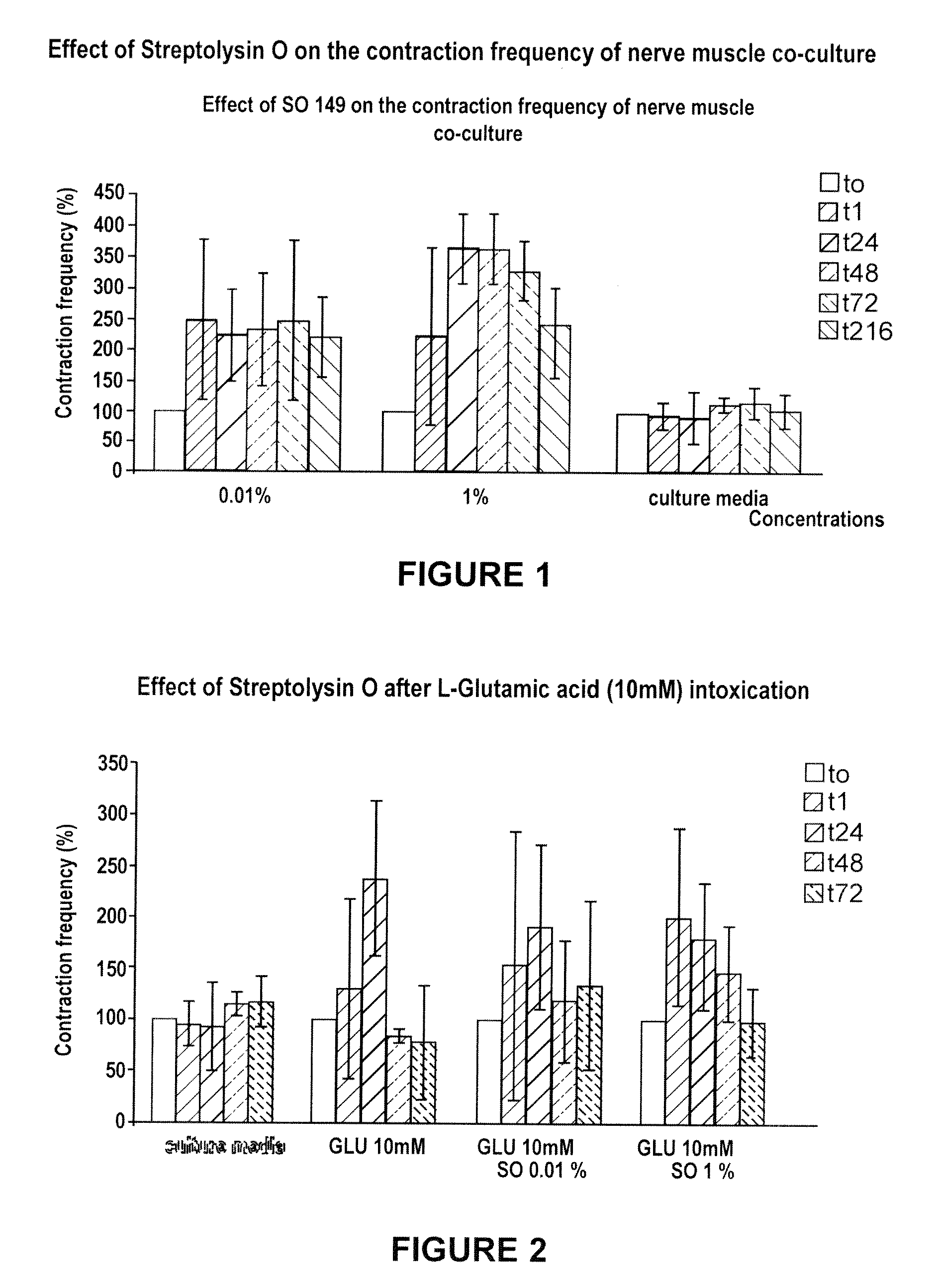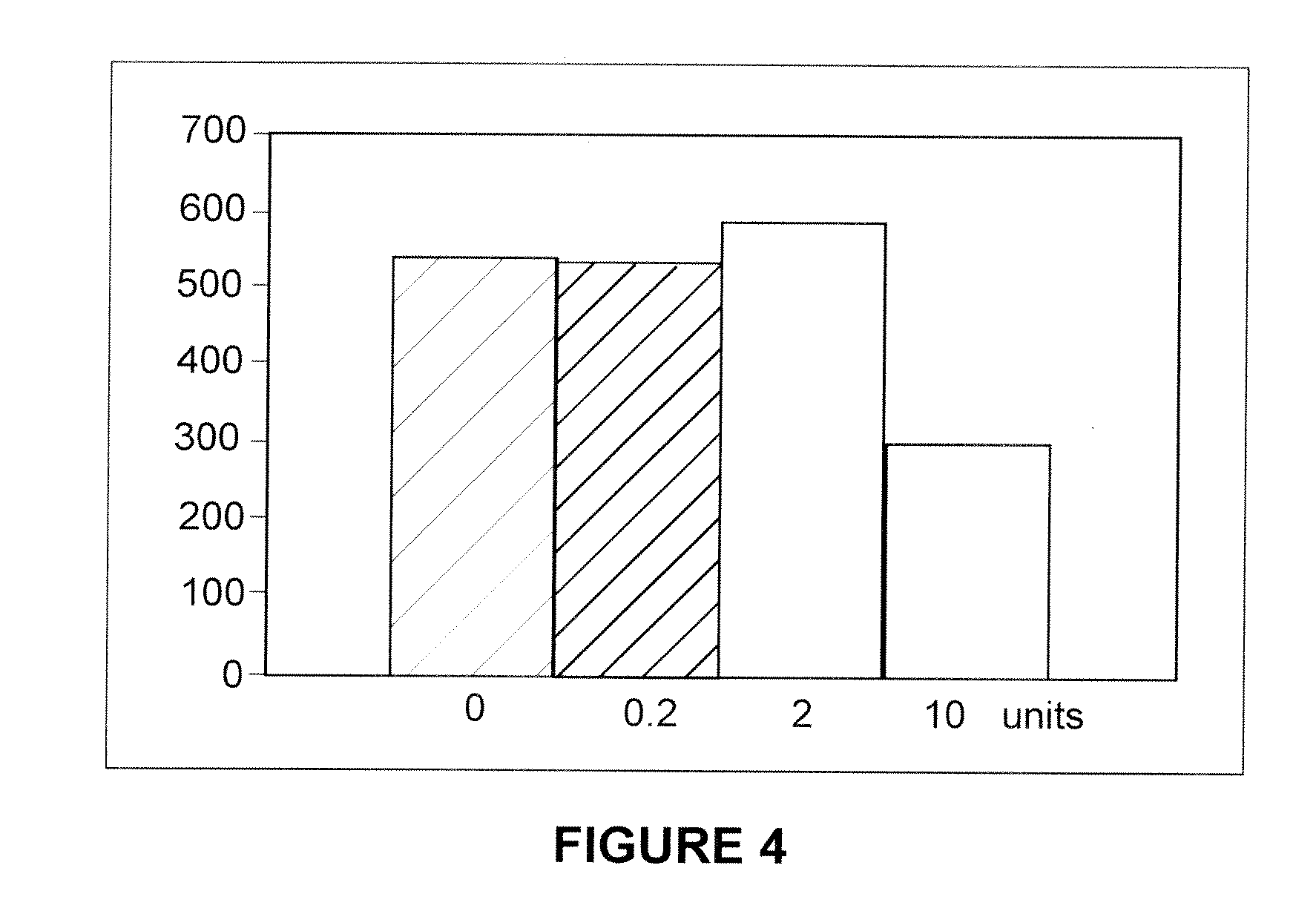Damage to these cells leads to thrombocyte adhesion, aggregation, and formation of thrombi or intima in the
arterial wall.
If this symptom is left untreated, the lack of circulation may result in sores on the legs and feet, and the tissue can become gangrenous, requiring
amputation.
The problem is not pain, but the restriction of motion and the
deformity it causes.
The progress of the
disease is often sporadic and unpredictable.
While
surgery usually restores normal movement to the fingers, the
disease can reoccur following
surgery and the risk of nerve damage increases after each
surgery.
If the
penis is abnormally squeezed or flexed, the area where the septum attaches to the elastic fibers may over-stretch, injuring the lining of the erective chamber and rupturing small blood vessels.
In older men, diminished elasticity,
disease of the arteries, diabetes, or radical prostatectomy further increase the chance of injury.
Men with Peyronie's disease usually seek
medical attention because of painful erections or difficulty with intercourse.
There is no strong evidence that any treatments other than surgery are effective.
Simple medical treatments have not been clinically proven.
Some researchers have given men with Peyronie's disease
vitamin E orally in small-scale studies, but these studies have proven inconclusive.
Injection treatment with agents such as
dimethyl sulfoxide, steroids, and
calcium channel blockers directly into the plaques is used by some doctors, but none of these techniques have produced convincing results.
The
disadvantage of
Tamoxifen is that Peyronie's disease must be diagnosed early for the most effective use of the
drug and therefore, there remains a desire in the art for methods for the treatment and prevention of Peyronie's disease.
For example, scleroderma and alveolitis (hypersensitive
inflammation of alveolar cells in the
lung) can cause severe damage to
lung tissues.
Treatment with experimental drugs such as
cyclophosphamide work to inhibit
inflammation, but is not effective against only scleroderma in the lungs.
In light of these factors, the use of intravenous epoprostenol has shown some promise (Badesch et al., Ann. Intern. Med. 132:425-434 (2000)), but may have limited applicability due to possible acute and potentially fatal side effects such as
pulmonary edema in patients suffering with veno-
occlusive disease as well as scleroderma (Barst et al., N. Eng. J. Med.
Many of these treatments are in their experimental stages, and the current treatments for the various scleroderma complications either cause the patients to experience severe side effects, place them at risks for further complications or require a unique set of symptoms to provide adequate treatment.
Once infection begins, the teats can become so infected that the milk first becomes yellow and then watery.
Animals with
chronic mastitis often acquire permanent damage to the teat and the bovine loses productivity and is unable to release milk at a sufficient level from the damaged teat.
Tendonitis is perhaps one of the most frustrating athletic injuries involving the lower leg of a horse.
Poor footing in the arena, excessive pastern slope, improper shoeing, and tight fitting leg wraps may place extra stresses on this
tendon.
Inappropriate therapy may lead to chronic lameness problems due to re-injury of the
tendon.
In the former case, once a tumor has metastasized by invading the surrounding tissue or by moving to a distant site, it can be virtually impossible for the surgeon to remove all cancerous cells.
Any such cells left behind can continue growing, leading to a recurrence of
cancer following surgery.
Current
radiation therapy strategies are also frequently unsuccessful at eradicating a patient's
cancer.
Following
radiation therapy, cancer can recur because it is often not possible to deliver a sufficiently high
dose of radiation to kill all the
tumor cells without at the same time injuring the surrounding
normal tissue.
Thus, the inability of current treatment protocols to eliminate
tumor cells is an important clinical limitation leading to unsuccessful
cancer therapy (Lindegaard et al., J. Natl.
Cancer Inst. Monogr., 21:105-112, 1996; Suit, Front. Radiat. Ther. Oncol., 29:17-23, 1996)
One of the major challenges of
cancer treatment is selectivity of the therapy: the ability to kill
tumor cells without causing damage to normal cells in the surrounding area.
These methods, however, also kill certain
cell types in the body that normally divide rapidly, most notably cells in the
bone marrow, resulting in complications such as
anemia and
neutropenia (reviewed in Vose & Armitage, J. Clin. Oncol., 13:1023-1035, 1995).
These data suggest that the interaction of tumor cells with the
basement membrane may trigger the expression and release of MMPs by the surrounding tissues, ultimately resulting in increased degradation of the
basement membrane with subsequent
metastasis.
One of the major components of the
poor prognosis associated with high-grade gliomas is their ability to invade tissues and migrate with subsequent
metastasis to distant sites in the brain.
 Login to View More
Login to View More  Login to View More
Login to View More 


